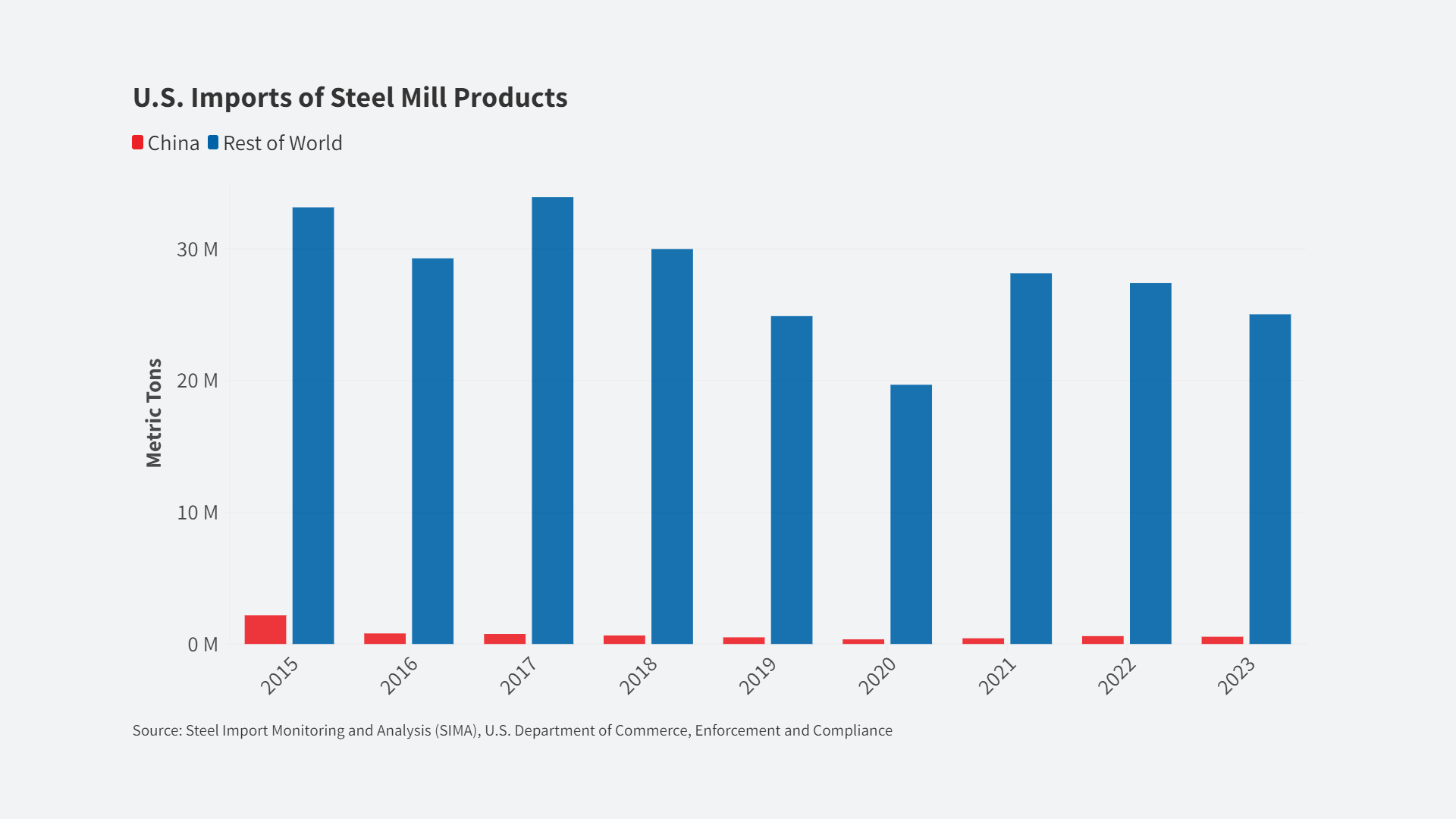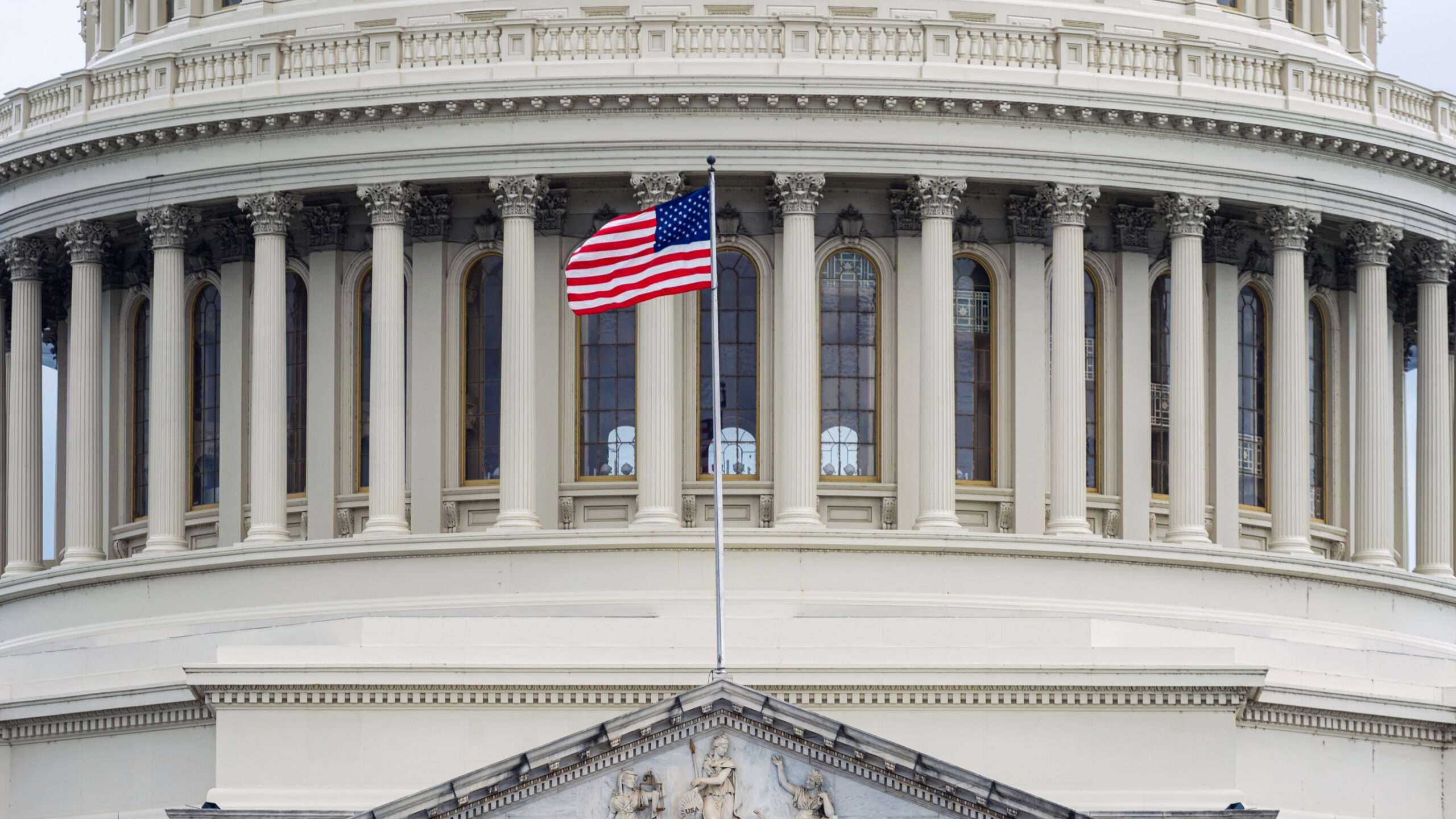By John R. Hansen, CPA Advisory Board
Would the MAC discourage foreign direct investment in the United States?
Some readers have suggested that capital being brought into the United States to finance greenfield foreign direct investment should be exempted from the MAC. We should not, they argue, do anything to discourage productivity enhancing investment in America’s manufacturing sector, for example.
Although the MAC is explicitly designed to cover all incoming capital, the MAC will not adversely affect greenfield investments. In fact, the MAC will make foreign direct investments in productivity-increasing projects based in the US far more attractive.
The MAC is designed to operate without exemptions because this would virtually eliminate the evasion, corruption, and inefficiency commonly seen in countries like Brazil that have tried to distinguish between “good capital” and “bad capital” when implanting their own capital flow moderation policies. Covering all inflows provides a level playing field and greatly enhances the policy’s effectiveness.
Although the MAC charge would apply to all foreign capital inflows, including those claimed to be for greenfield investments, the design of the MAC actually creates a bias in favor of greenfield investments in two ways.
1. The MAC would hit short-term speculative flows hard while leaving long-term investment flows virtually untouched
The MAC is charged each time foreign capital comes into the United States. Consequently, speculative traders, especially those involved in high-speed trading where hot money can go in an out in seconds, would be discouraged because the MAC would quickly eat up the razor-thin trading margins that such traders are seeking – often just a few “pips” on each transaction.
In contrast, greenfield investors come into the United States expecting to leave their money invested in fixed assets for the economic life of the assets, which could easily be a decade or more. Furthermore, they would expect to earn a return of perhaps 10 to 15 percent. When a one-time MAC charge of 50 – 100 basis points is amortized over the cumulative value of the project’s lifetime returns, the cost of the MAC simply disappears from their calculations. Also, note that the baseline MAC charge (50 basis points) is less than the average daily fluctuation of the Euro/Dollar exchange rate, which was 67 basis points the last time I checked.
Any negative impacts of the MAC on foreign direct investors are also reduced by the fact that foreign investors are very likely to borrow locally part of the required capital here in the United States. For example, when I talked to one of the managers at the beautiful new BMW plant down the road in South Carolina, he said they had borrowed about half of the investment cost from U.S. banks. Domestic borrowing by foreign direct investors would of course not be subject to the MAC.
2. The MAC would make greenfield foreign direct investments far more profitable.
Although the MAC charge would be a small added cost, the smart investor would look not just at the MAC’s costs, but also at its benefits. The MAC would make U.S.-based production far more competitive internationally and thus far more profitable for foreign and domestic producers alike. For companies that depend entirely on domestic labor and material inputs, the impact of the MAC of profitability could be massive.
For example, without the MAC, a company might barely break even with a selling price of 100 and input costs for labor and material of 50 and 49 respectively, leaving a profit margin on 1 percent on sales. However, a MAC today would reduce the dollar’s current overvaluation of about 30 percent to zero. This would allow domestic shirt manufacturers to increase their domestic selling price by about 30 percent and still meet the “China price” for Chinese shirts in the U.S. Likewise, it would allow semi-conductor manufacturers who use primarily domestic materials and labor to increase their export price by about 30 percent.
In either case, implementing the MAC would increase the profit margin by thirty times in this example, making production in the U.S. far more attractive.
The impact on sales margins would of course decline for companies depending heavily on imported inputs because a weaker dollar would make these imports more expensive. However, defenders of the status quo often seriously overstate the potential impact of a MAC on input costs without providing empirical evidence. The real world paints a very different picture.
First, official data show that imported inputs only account for about fifteen percent of total output value for the average U.S. manufacturing plant. Thus a thirty percent increase in the cost of imported inputs due to moving the dollar to its trade-balancing equilibrium exchange rate would add less than five percent to the cost of goods sold while, at the same time, increasing the potential selling price by thirty percent – a net benefit:cost advantage of nearly 7:1.
Second, the price of imported inputs will rise as the value of the dollar falls. This this will encourage domestic producers to use inputs from domestic rather than foreign sources, limiting the cost of inputs and enhancing the net benefit:cost ratio of implementing the MAC. And as demand for domestically-produced inputs expands, production efficiency will increase and sourcing material inputs domestically will become even more attractive, further reducing the negative impact of a more competitive dollar on the cost of material inputs.
Summary
The MAC would apply to foreign capital for greenfield as well as other investments. However, because of the MAC’s design, the benefits of a more competitive long-term environment for manufacturers producing in the United States would far outweigh the MAC’s tiny up-front cost for foreign direct investors. Consequently, foreign direct investors will love the MAC and what it does for the profitability of their directly productive projects.













